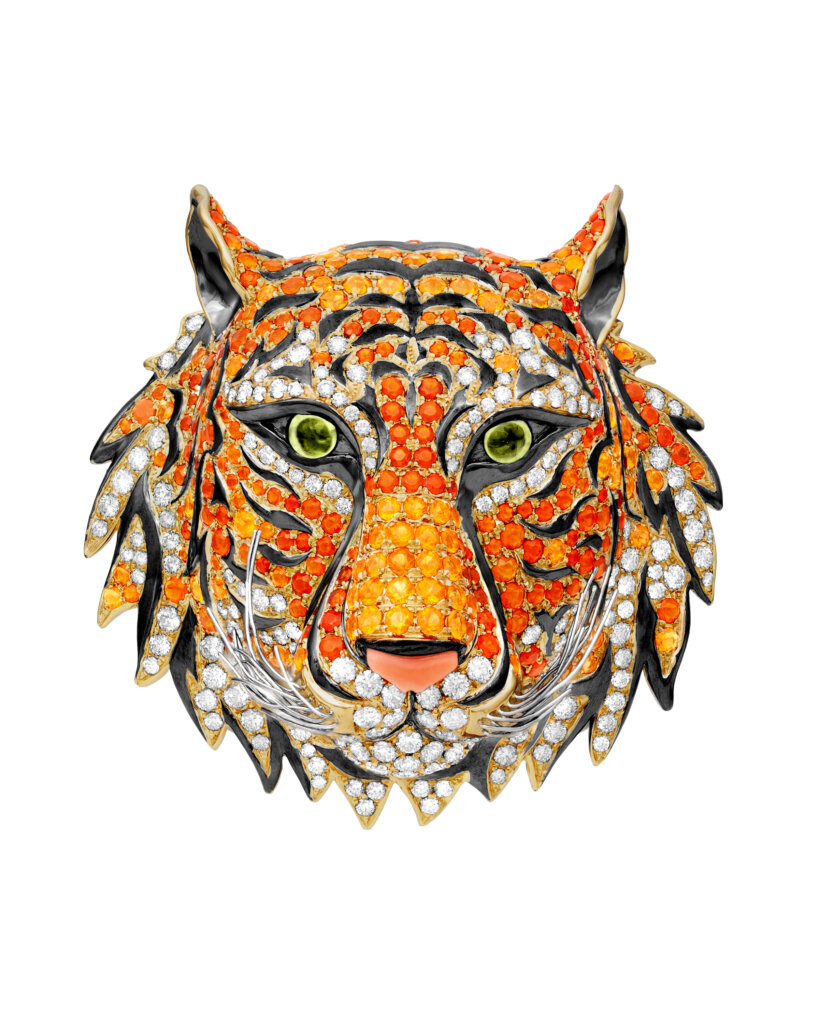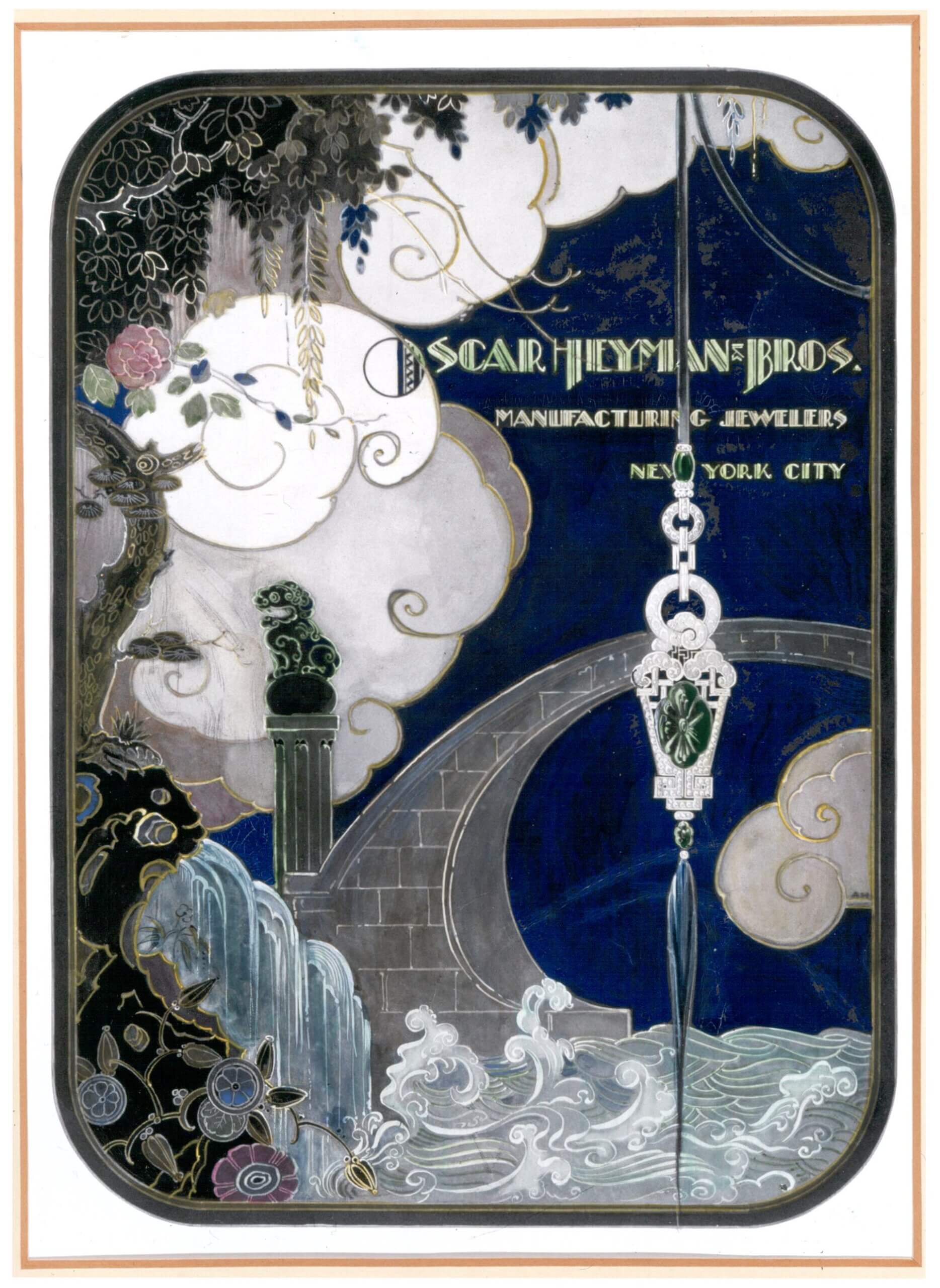
J
ewelry house, Oscar Heyman, was founded in New York City in 1912 and has been designing and fabricating exquisite fine jewelry continuously ever since. The company has survived two world wars, the Great Depression and now, two global pandemics. We sat down with Tom Heyman, remotely, in the summer of 2020 to record him for an episode of the COUTURE Podcast. This was towards the beginning of the COVID-19 pandemic, when we were all trying to establish some sense of normalcy in our new normal. It was fascinating learning more about the brand, and Tom’s perspective, which has been informed by the legacy of his family’s business, was both comforting and reassuring during a time when both of those things were in short supply. Here are 5 things we learned about Oscar Heyman from that conversation.
From its inception, Oscar Heyman has always procured the gemstones it uses directly from the source, which was no easy feat prior to the invention of planes and commercial air travel.

- The company was founded in 1912 by three brothers, Nathan, Oscar and Harry, who emigrated from Eastern Europe, where Nathan and Oscar had worked as apprentices at Fabergé.

- In the lobby of the company’s 5th Avenue headquarters sits a clock that was created in secret by all of the craftspeople who worked for the company and presented to their bosses in 1937, for the company’s 25th anniversary. It represents the symbiotic relationship between craftspeople and management and includes the names of each of the craftspeople who worked there in that time, with a quote that reads, “Those that strive shall attain success.”
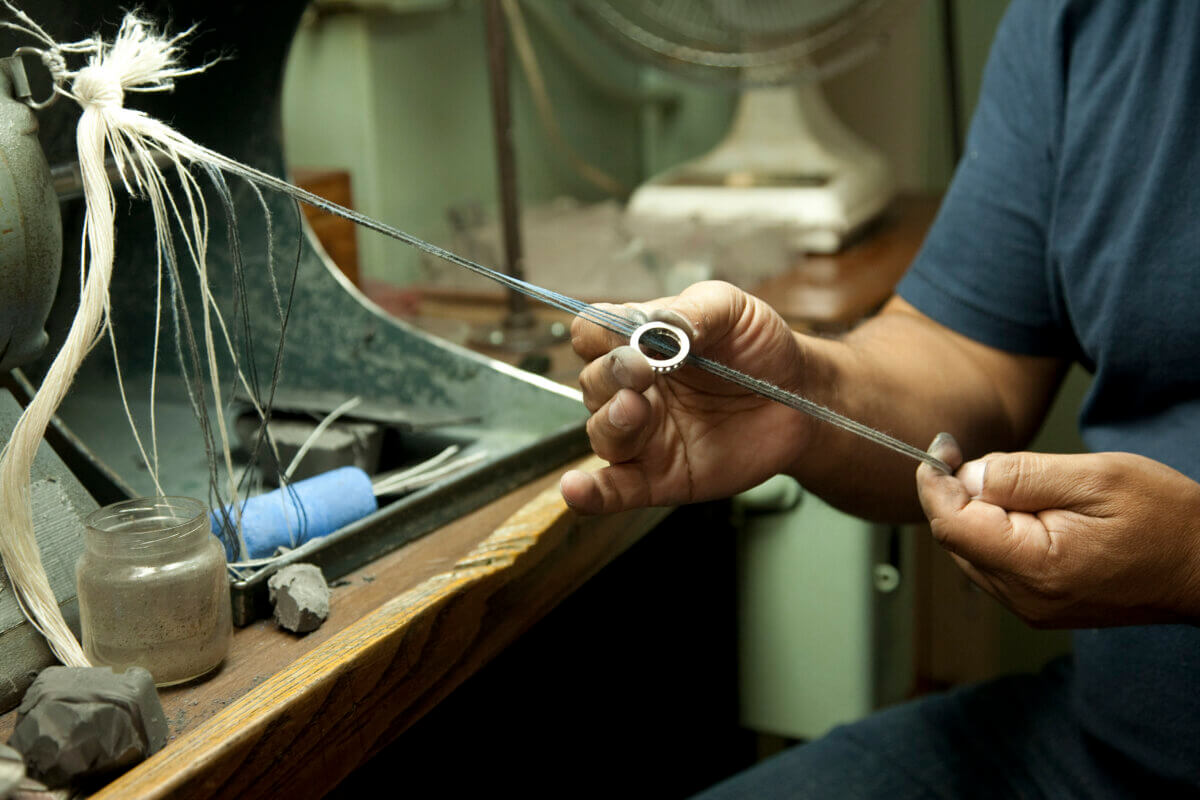
- From its inception, Oscar Heyman has always procured the gemstones it uses directly from the source, which was no easy feat prior to the invention of planes and commercial air travel. The company continues to hand-select the gemstones with which it works, often working with the same families of stone cutters and dealers for several generations. Additionally, the company is completely self-contained in that every aspect of design and fabrication is done in-house; they have a complete machine shop, a tool and die shop, they do their own thrumming and they alloy their own metals.
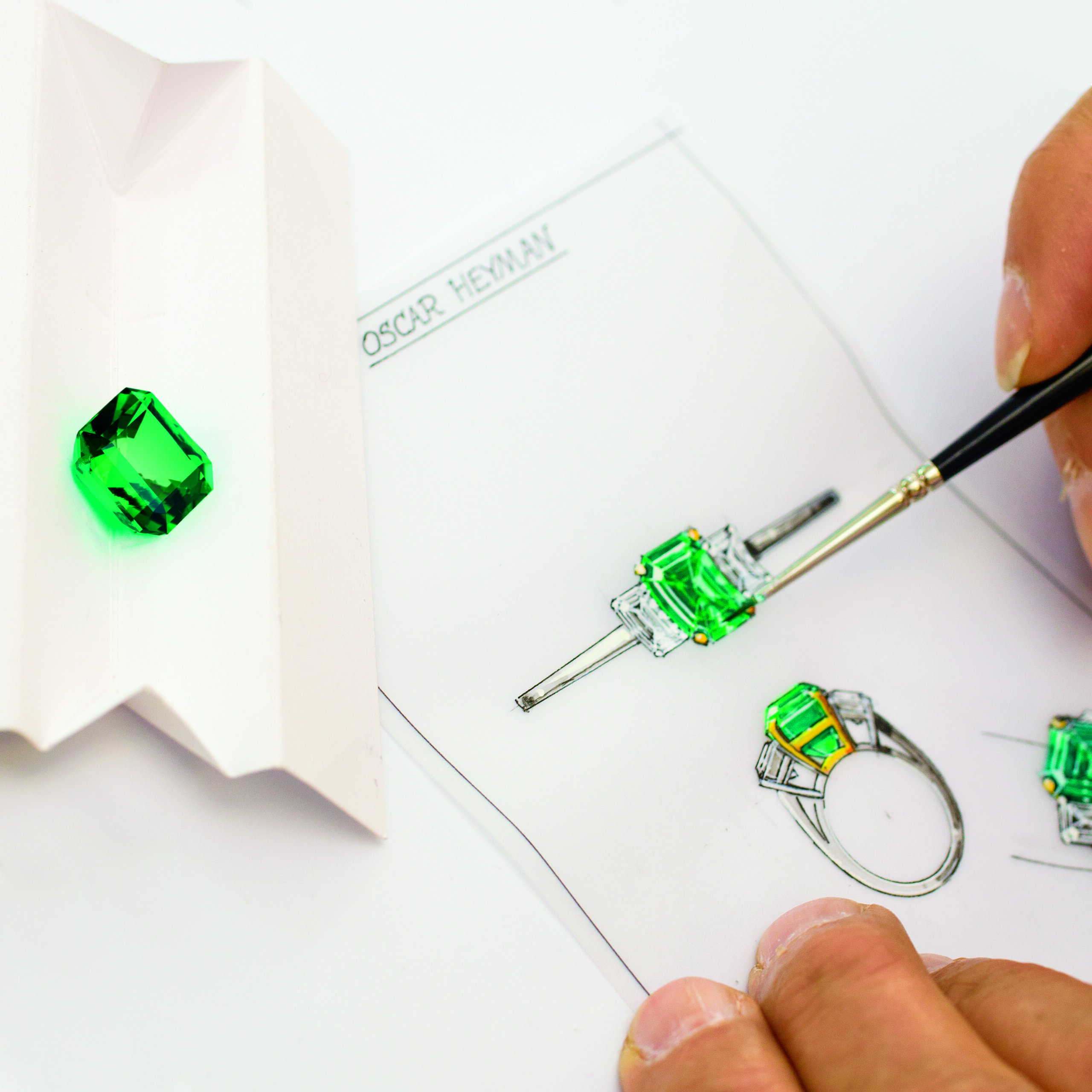
- The company has over 200,000 individually hand-painted, hand-rendered design cards, each with a serial number archived in numerical order by category.
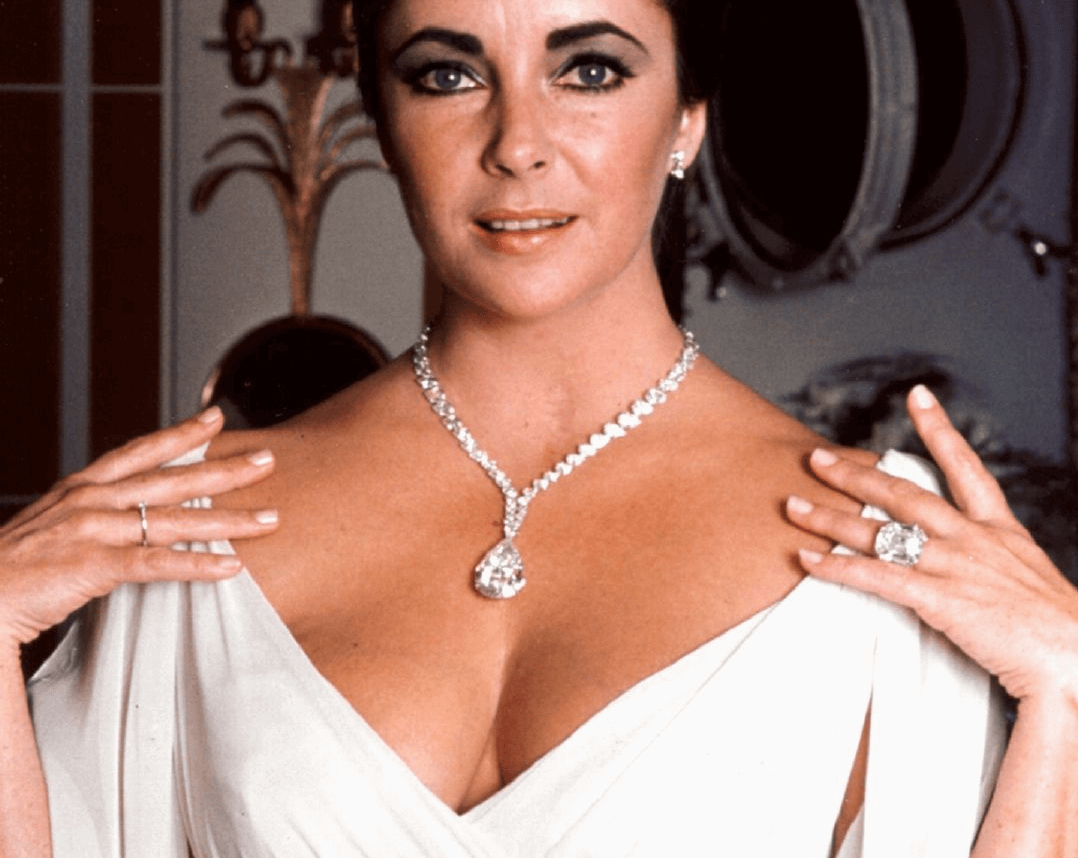
- After purchasing the Taylor-Burton diamond (and giving it its moniker), Elizabeth Taylor and Richard Burton were in the Cartier store in Manhattan and said they wanted to see the 69-carat pear shape diamond in a necklace. A salesperson from Cartier called Oscar Heyman and said that the couple was going to lunch and wanted to see some designs for consideration right after. Oscar Heyman’s designers quickly rendered several sketches and ran them over. The salesperson called shortly thereafter and said, “Congratulations, they love the sketches. They picked this necklace and you’ve got an order. The only hitch is that it has to be finished in six days because they have somewhere to wear it.”
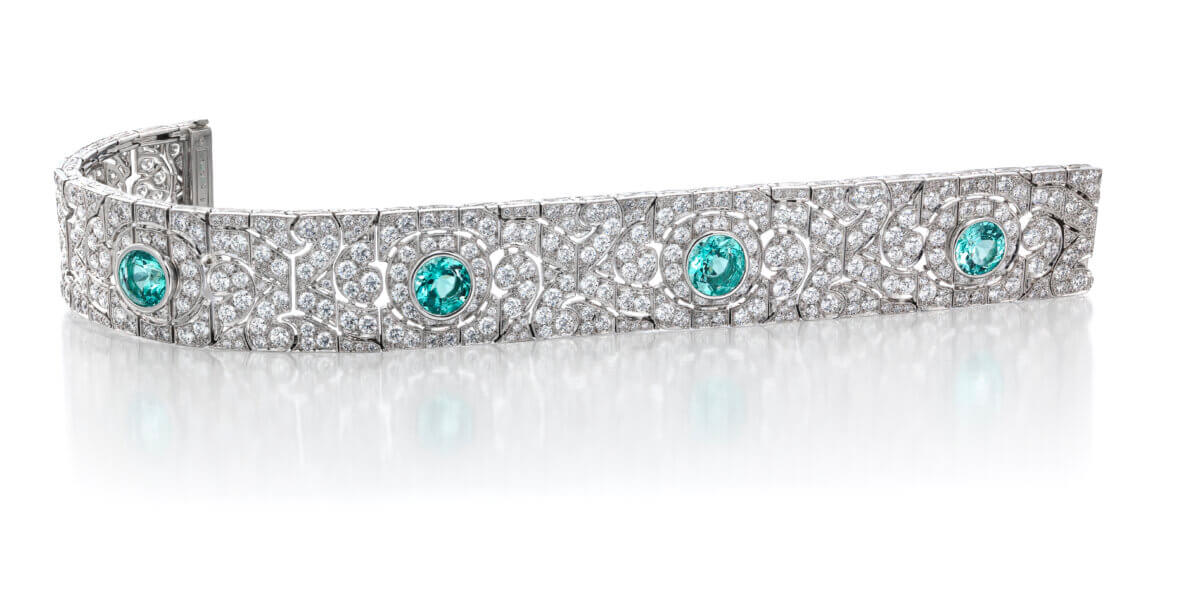
All of the craftspeople dropped everything and worked on the piece for 6 days. When it was completed, Adam Heyman called Cartier to tell them it was ready, and then met the salesperson on a street corner where the two got into a cab. Adam handed him the necklace, they shook hands, and Adam jumped out of the cab at the next red light. The salesperson carried on to JFK, hopped a plane to Nice, gets to Monaco and presented the necklace to the couple. Elizabeth Taylor wore the now famous necklace that evening at Princess Grace’s 40th birthday party, the Scorpion Ball. Talk about a Jewelry Emergency!
